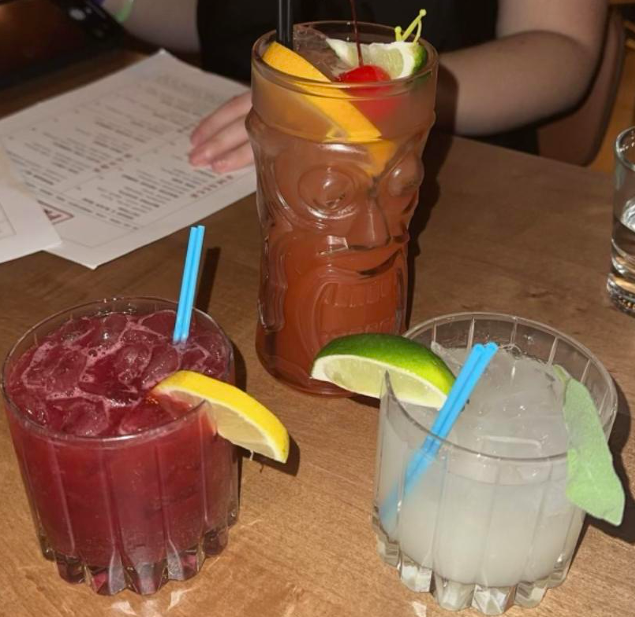
In a culture where diet trends come and go, it is difficult to find out which ones will stick. Today, the leafy green on everyone’s menu, kale, has proven to be more than just a temporary fad.
People love it. It’s cheap, healthy, hearty and profitable. There’s even a day named after it, National Kale Day, a day to “eat, grow, and share kale throughout America.”
Farmers like Andrew Korza rely on hearty crops like kale and collards for his business. Korza, who started the Deepening Roots Farm in Amherst, said his baby kale, as well as his baby kale and collards mix, are his most popular products.
“The more people that eat local greens, the better for my farm,” he said.
According to the USDA, the cost of kale has increased by 25 percent since 2011 – from $0.88 a bunch to $1.10. In 2011, kale was sold in approximately 4,700 stores across the country. That number has since increased to approximately 50,700 stores.
However, some may not see this trend as a positive one.
Greens like kale and collards that were once a cheap commodity have become hip, creating a high demand, resulting in culture misrepresentation and unaffordability for the working poor, a phenomenon called “food gentrification.”
Food gentrification occurs when a wealthy community adopts the culinary customs of a not so wealthy community, causing the value of the food to inflate. This can be an actual threat to the diets of many who eat greens regularly as a cultural custom, like African Americans and natives of the Caribbean.
Whole Foods Market came out with an advertising campaign at the beginning of 2014, “Collards Are the New Kale.” This caused turmoil throughout the Internet, with people discussing the issue on Twitter using the hashtag, #foodgentrification.
As the price of kale has gone up by 25 percent since 2011, wages across the nation have remained stagnant. If collards really do become the new kale, they could also see a higher demand and inflation.
Keely Curliss, an assistant grower for The Food Project based out of Beverly, said, “Nutrients are why they deserve to be popular and they are easier for farmers is another thing.”
On the East Coast, kale season begins in midsummer and continues until February, making it a very useful and reliable crop for farmers. Online recipes for things like kale chips and kale soup have also helped to popularize the versatile green.
Mikki Kendall, a well-known feminist writer, and cofounder of hoodfeminism.com, is strongly against the idea of food gentrification and how it affects the African American community. On her Twitter page (@Karnythia) she spoke about food quality and the working poor.
“Food quality matters when we talk about ending food deserts. So does price. And access to familiar ingredients. #foodgentrification,” she wrote. “#foodgentrification includes having to choose between substandard & overpriced options with no middle ground.”
I asked her on Twitter whether she thinks the benefits of greens becoming hip outweigh gentrification, to which she replied, “Nope. I’m seeing them be priced out of the diets of the working poor in some cities already.”
Although these small spikes of inflation in greens may not seem like much to many of us, they are negatively impacting those who use them the most.
“My housemates and I eat kale every week, because it comes with the farm share that we are a part of,” said Josiah Mardell, a sophomore at the University of Massachusetts. “I love it. It’s very healthy, and we can make an endless amount of meals with it,” he said.
Margaret Christie, the special projects director for the non-profit Community Involved in Sustaining Agriculture organization of Western Massachusetts has seen a significant change in the way people view kale.
“In the early days of community supported agriculture, farms people used to complain about how they got a whole lot of kale and didn’t know what to do with it,” she said. “We don’t hear those complaints as much. People know more what to do with kale, because there has been a lot of attention paid to it.”
Farms and local food, as a general subject, are widely seen as a positive on all counts. The high consumer interest of locally grown food is beneficial to the local economy, and to the environment as a whole.
Daniel Maldonado can be reached at [email protected].


















